Frequency range: 26.5- 28MHz SWR: ≤1.2:1 Max. power: 35W continuous 250W Short time Bandwidth at S.W.R. 2:1: 1900KHz Impedance: 50ohm Whip length: 1200mm Adjustment: 0~90° Cable Length: RG58/157" Po...
See DetailsWhen Should You Replace Your CB Antenna?
A functioning CB radio system is crucial for reliable communication, especially for truckers, off-roaders, and emergency communicators. While the radio unit itself often gets the attention, the CB Antenna is arguably its most critical component. A compromised CB Antenna directly impacts transmission range, reception clarity, and overall system efficiency. Recognizing when replacement is necessary is key to maintaining optimal performance.
Physical Damage is Evident:
Severe Bending or Breakage: A significantly bent whip, broken tip, or cracked base structure will drastically alter the antenna's resonant frequency and radiation pattern, severely degrading performance. Minor bends near the tip might be less critical but warrant monitoring.
Cracks or Splits: Visible cracks in the fiberglass whip or plastic housing (especially near the base) allow moisture ingress. This leads to internal corrosion and potential electrical failure. Even hairline cracks can worsen quickly.
Crushed or Flattened Sections: Damage compromising the structural integrity of a coil housing or whip section usually necessitates replacement.
Corrosion and Rust Take Hold:
Base and Mount Connections: Heavy corrosion or rust on the mounting hardware, base plate, or where the CB Antenna connects to the coaxial cable (PL-259 connector) creates high electrical resistance. This increases SWR (Standing Wave Ratio) and causes significant signal loss, reducing effective power output and reception sensitivity.
Internal Components: While not always visible, corrosion inside the coil (if present) or within connectorized sections can occur, particularly after prolonged exposure to moisture and road salt. Persistent high SWR despite external cleaning often indicates internal corrosion.
Persistent High SWR Readings:
Inability to Tune: If you consistently cannot achieve an acceptable SWR reading (ideally below 1.5:1 across channels 1, 20, and 40, and always below 3:1) despite correctly adjusting the CB Antenna's tuning mechanism (if equipped) and verifying all connections, the antenna itself is likely faulty. Internal damage or component failure is a probable cause.
SWR Suddenly Spikes: A sudden, unexplained increase in SWR across multiple channels, after previously being stable, strongly suggests internal damage or a developing fault within the CB Antenna.
Significant Performance Degradation:
Noticeably Reduced Range: Experiencing a clear and consistent drop in how far you can transmit and receive compared to the antenna's past performance or known benchmarks indicates compromised efficiency.
Persistent Poor Reception: Consistently weak or noisy reception, especially when other stations report clear signals, points towards the CB Antenna failing to capture incoming signals effectively.
Reports of Weak or Distorted Transmissions: If other operators frequently comment that your signal is weak, "muddy," or distorted, even when your microphone and radio settings are correct, the CB Antenna is a primary suspect.
Damaged or Loose Connectors:
PL-259 Connector Damage: If the connector on the CB Antenna itself is bent, cracked, or its center pin is broken, loose, or excessively corroded, it creates a poor connection to the coaxial cable. This leads to high SWR and signal loss. While sometimes repairable, replacement of the entire antenna is often more reliable.
Excessive Weathering and Aging:
Severe UV Degradation: Over many years, prolonged exposure to intense sunlight can cause the materials of a CB Antenna (especially fiberglass whips and plastic housings) to become brittle, discolored, and prone to cracking or shattering.
General Wear and Tear: While antennas are built for durability, constant vibration, impacts from debris, and extreme temperature cycles eventually take their toll. An older CB Antenna exhibiting multiple minor issues or declining performance is likely near the end of its reliable service life.
Proactive Inspection and Testing:
Regularly inspect your CB Antenna physically for damage or corrosion. Periodically check SWR readings using a reliable meter, especially after any suspected impact or before a long trip. Monitoring performance subjectively during normal use is also important.
Replacing a CB Antenna is not merely about fixing a broken part; it's an investment in reliable communication and safety. Ignoring signs of failure leads to inefficient operation, potential damage to your radio unit due to reflected power (high SWR), and compromised communication when you need it most. If your CB Antenna exhibits persistent physical damage, significant corrosion, untunably high SWR, or measurable performance loss, replacement is the necessary and most effective solution to restore your CB system's full capabilities. Always ensure a replacement CB Antenna is correctly installed and tuned for optimal performance.

 English
English Español
Español
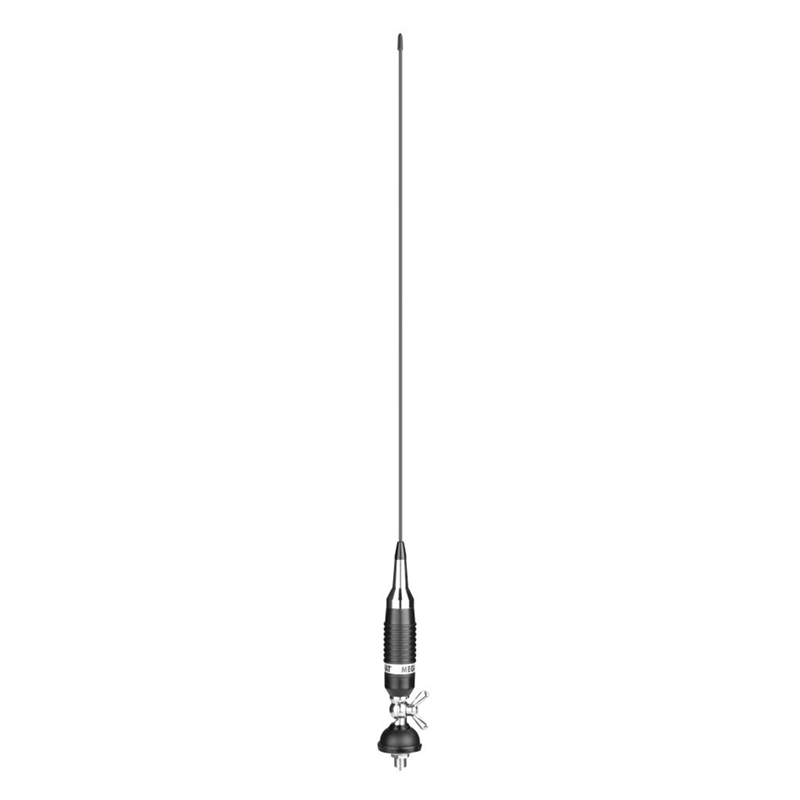
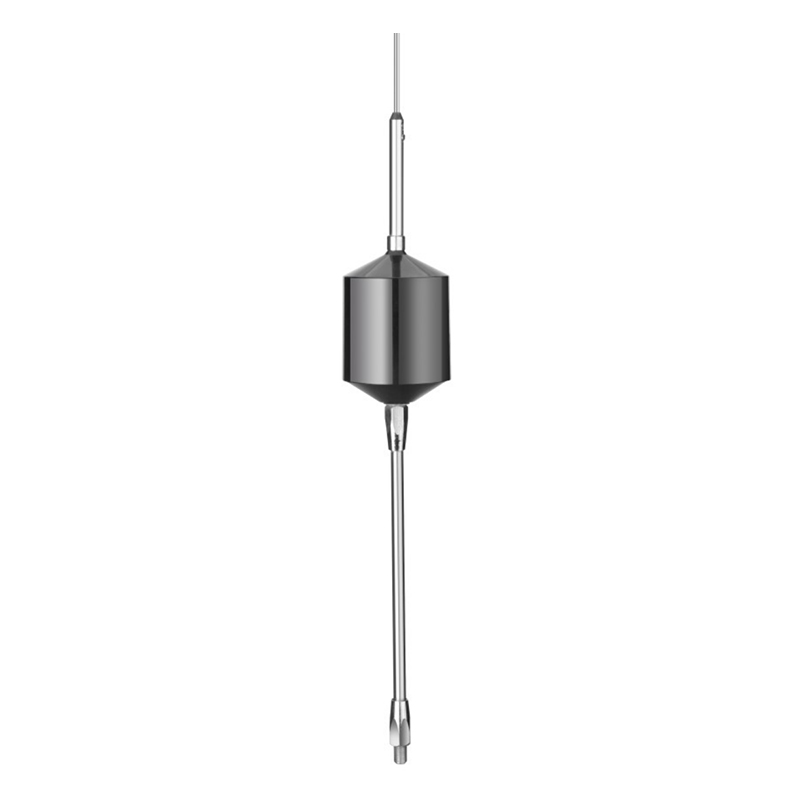
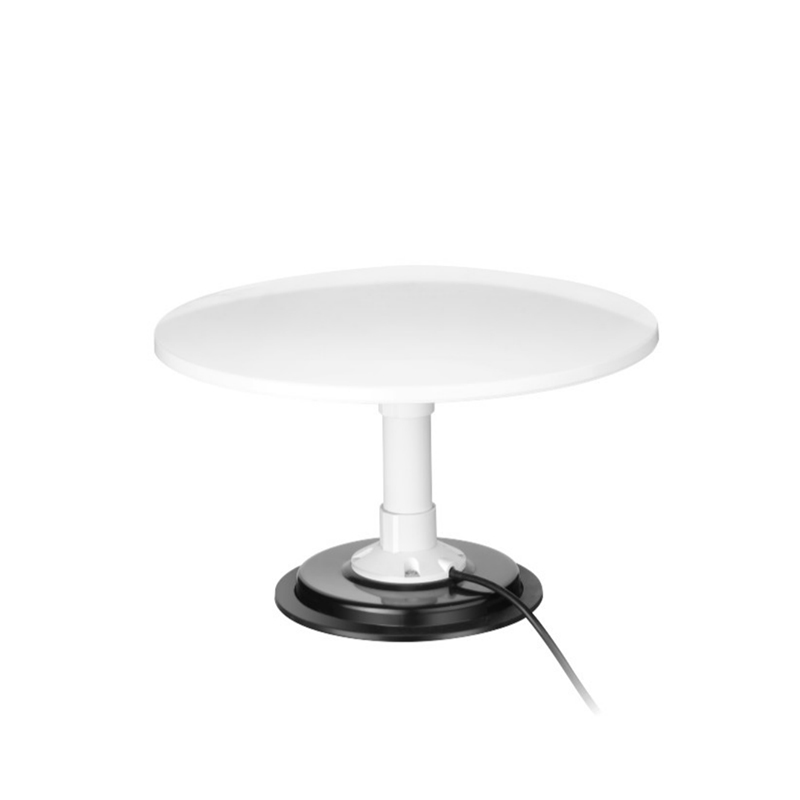
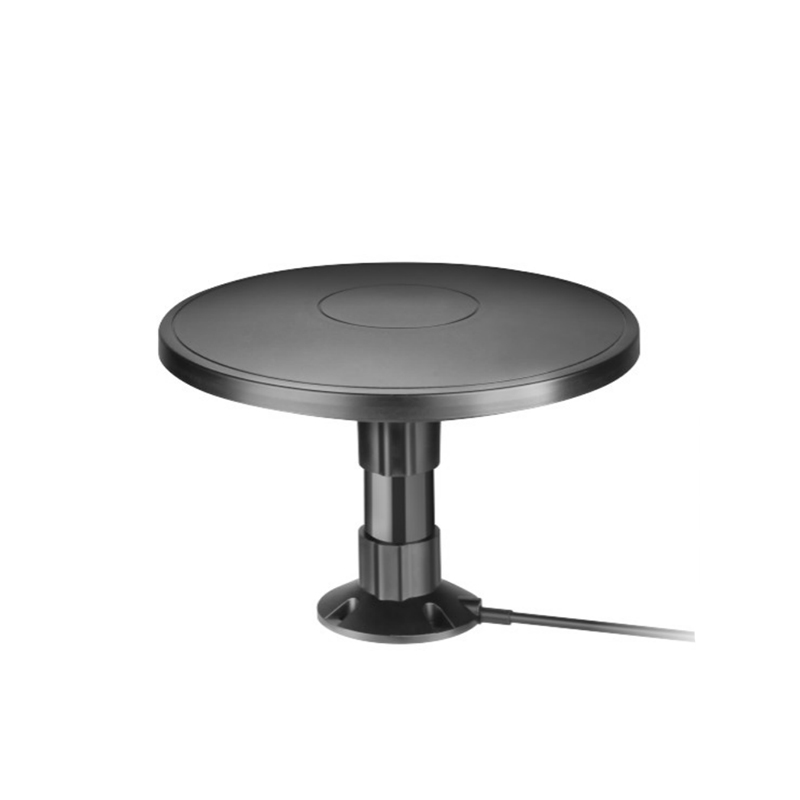
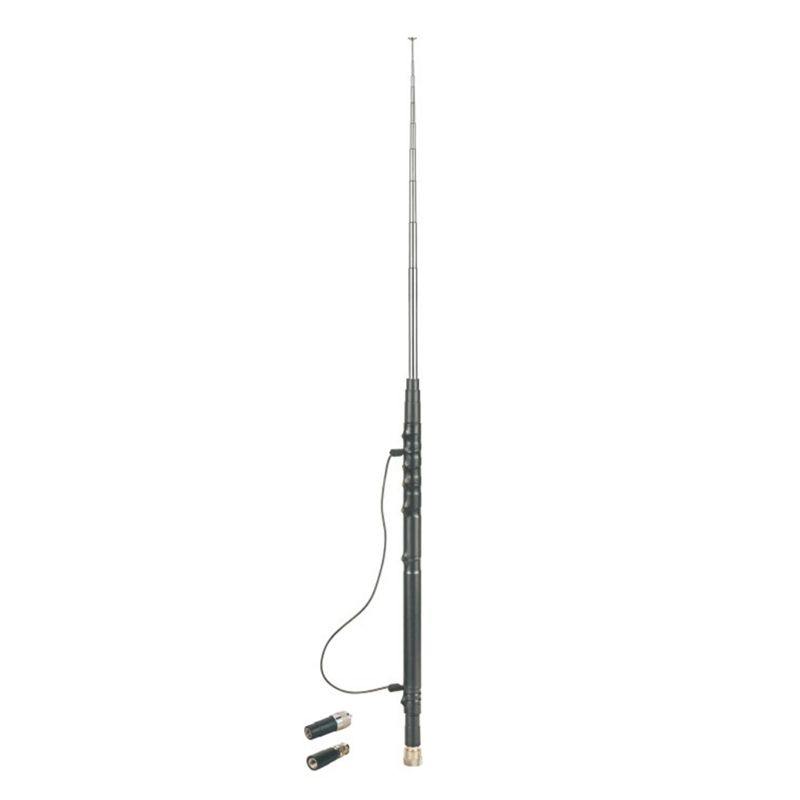
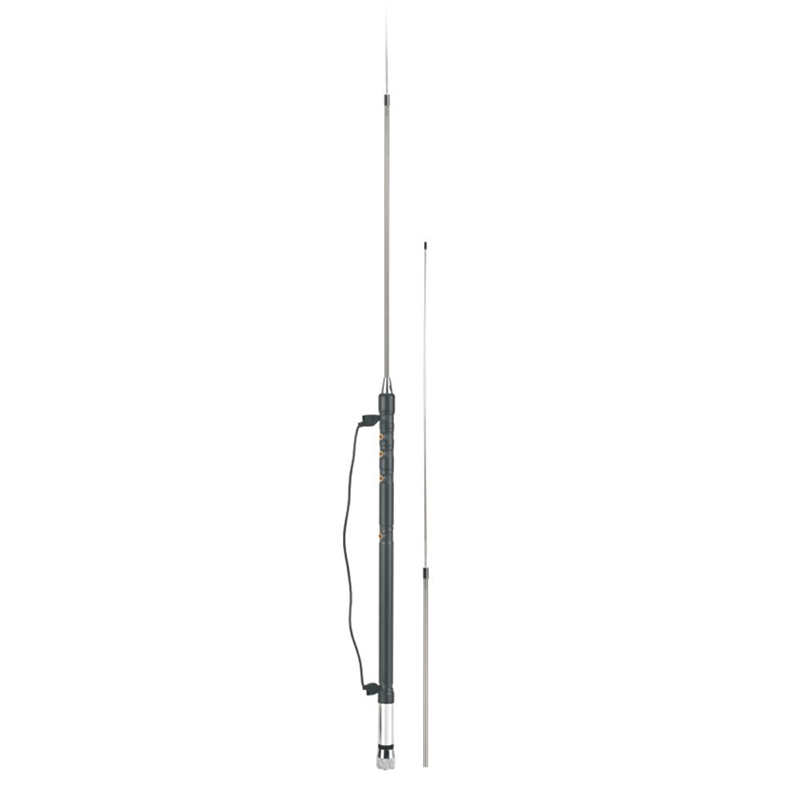
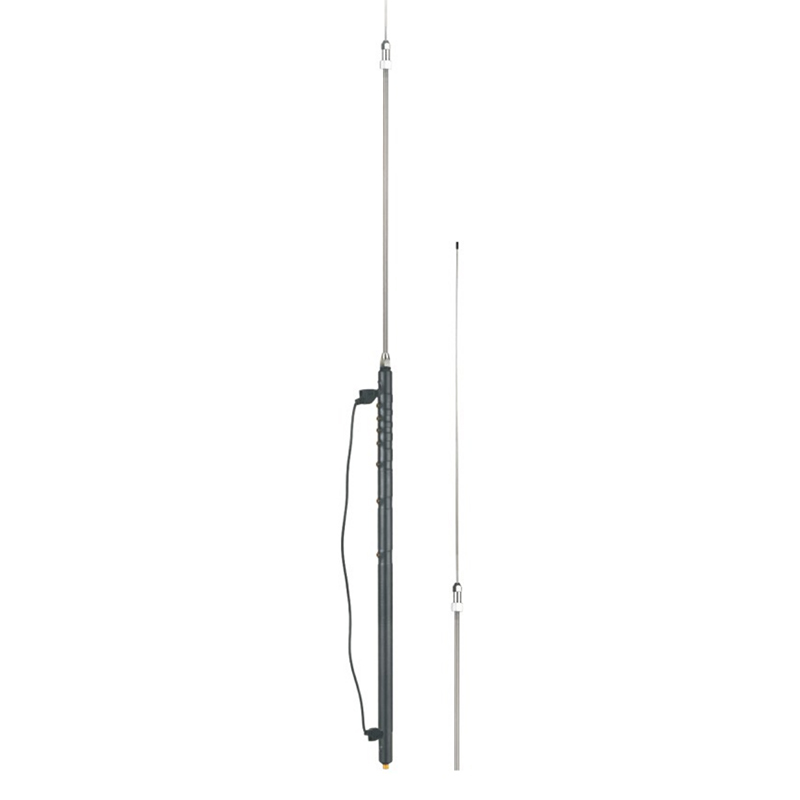
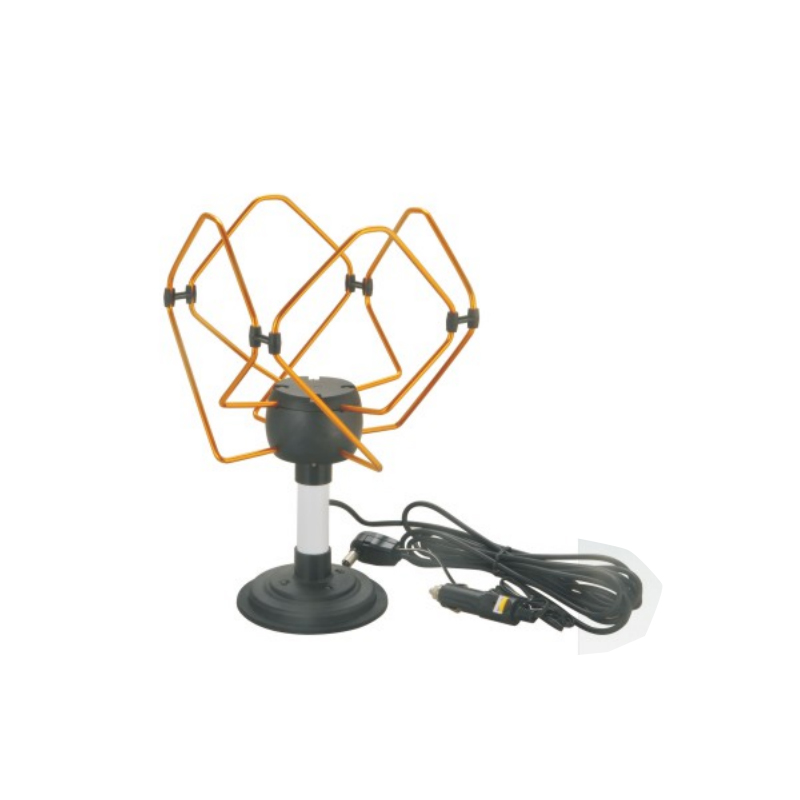
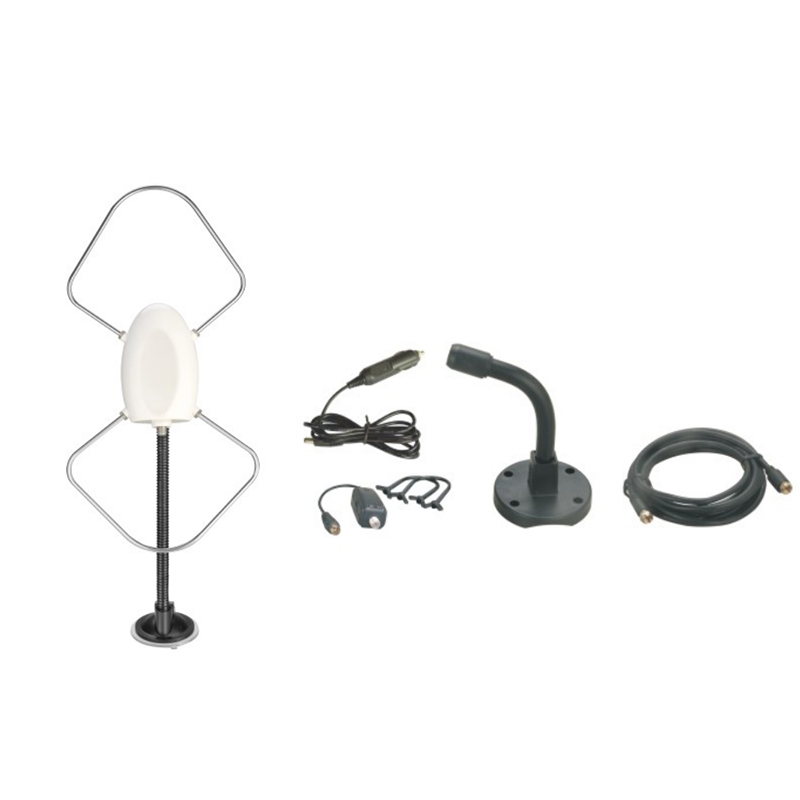
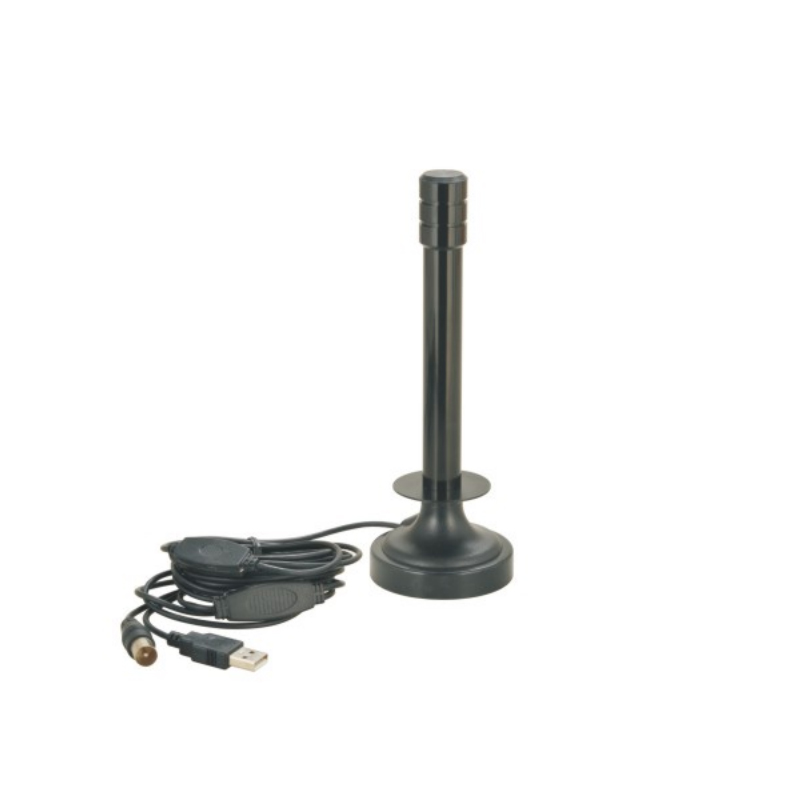
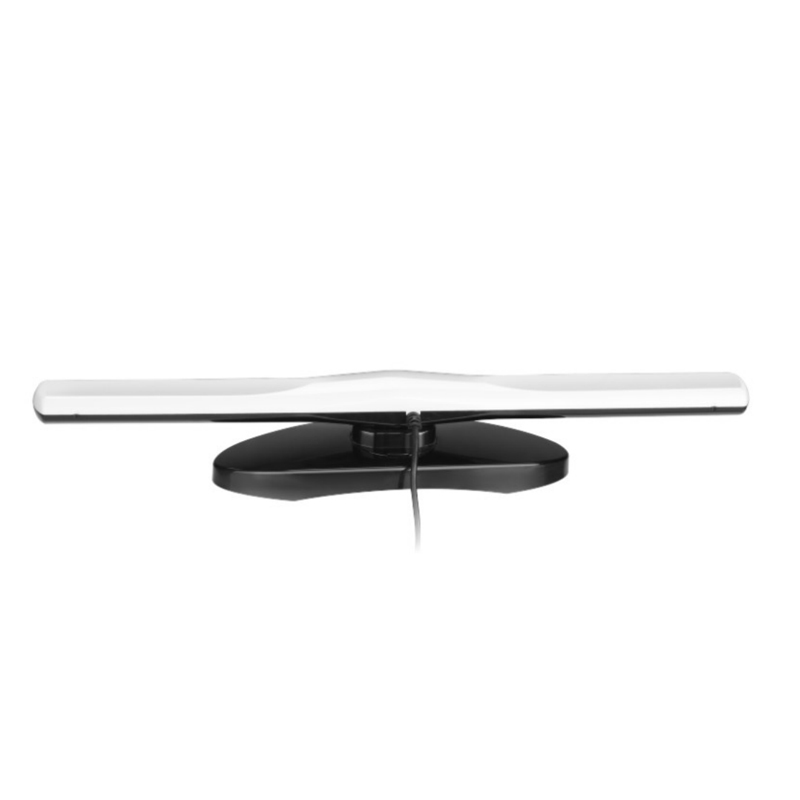


Contact Us